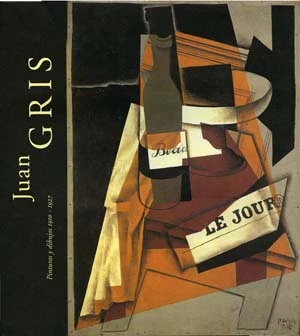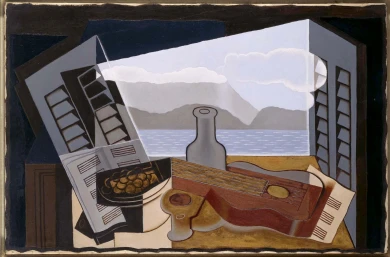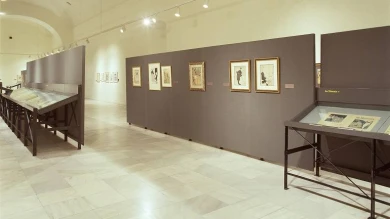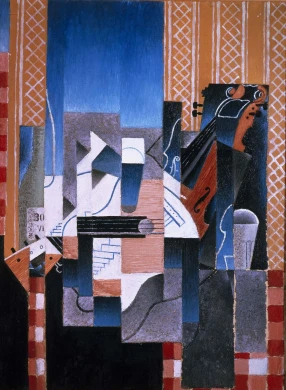Juan Gris en las colecciones del Museo Nacional Centro de Arte Reina Sofía
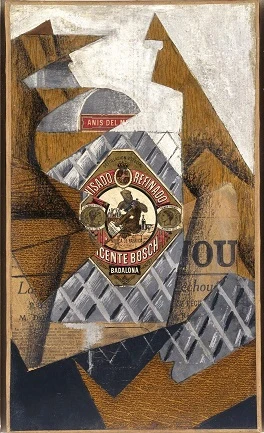
Despite the importance of Gris' work in 20th century art, in Spain the influence is minimal. His first individual exhibition in the country, in the Theo Gallery, is delayed until around fifty years after his death, and in 1985 the Spanish Ministry of Culture devotes a retrospective to his work. The Museo Nacional Centro de Arte Reina Sofía spends many years attempting to add a selection of his most representative compositions to its Collection, which also contextualise other pieces belonging to the Museo Español de Arte Contemporáneo and which become part of the Museo Reina Sofía after its opening. By virtue of donations, loans and direct acquisitions as well as other works leased by the Telefónica Collection, Gris' presence is felt more than ever in the Museo's Collection.
In 2001 Gris' work from the Collection is shown for the first time in the exhibition entitled Juan Gris 1887-1927 Obras de la colección del Museo Nacional Centro de Arte Reina Sofía (Juan Gris 1887-1927. Works from the Museo Nacional Centro de Arte Reina Sofía Collection). On this occasion, the Centro Cultural Caixanova in Vigo hosts twenty works by the artist, a significant selection from his oeuvre made up of twelve paintings, four drawings and four artist's books.
The canvases exhibited include Violín y guitarra (1913), belonging to the early stages of Gris' work, which convey the formal and conceptual command his painting reaches. From the later period, works such as La botella de anís (1914) and La botella de vino (1918), and the drawing Retrato de Germaine Raynal, also titled Retrato de Josette (1916) are displayed.
At the end of the First World War, Gris settles in Boulogne-sur-Seine, a location in close proximity to Paris where he produces the rest of his work. In the pictures realised in the period between 1919 and 1927 a shift can be discerned as the compositions become less rigid and display more spontaneity; the formal dogmatism of previous paintings eases, and, without abandoning Cubism, certain traces of lyricism appear, for instance in El arlequín con violín (1919), the drawing Retrato de Vicente Huidobro (1922) and the pencil and Indian ink pieces Naturaleza muerta con guitarra (circa 1925) and Hombre con guitarra (circa 1925-1926).
The artist's books can also be added to these works, the first being Alma América. Poemas Indo-Españoles (1906), in which the writing of the the Peruvian poet José Santos Chocano is accompanied by sixty-seven illustrations by Gris, whose works also appears on the front and back covers. Other works follow that include Beuatés (1918), by Paul Dermée; Mouchoir de nuages (Tragédie en 15 Actes ornée d’eaux-fortes par Juan Gris) (1925) by Tristan Tzara and A book concluding with As a wife has a cow: A love story (1926) by Gertrude Stein.
Artists
Fundación Marcelino Botín, Santander
Organised by
Museo Nacional Centro de Arte Reina Sofía
Image gallery

Itinerary
Centro Cultural Caixanova, Vigo
10 September, 2003 - 9 November, 2003
